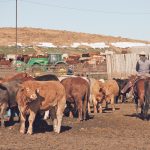Low-stress handling doesn’t just have benefits for the public perception of our industry, it has a real impact on the cattle’s biology.
Stories by John Campbell, DVM, DVSC

Feed tests especially important during drought
Several areas in Western Canada are suffering from drought again this year. Drought creates many difficulties for ranchers, who must struggle with the immediate and long-term problems that can arise from not having enough forage for their cattle. I know some areas of the Prairies have received more adequate precipitation, but many ranchers are facing […] Read more
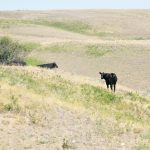
Remote delivery of antimicrobials should be a last resort
It’s a dilemma. We have an animal on pasture that requires antimicrobial treatment for a condition such as foot rot or pneumonia. If the pasture is remote or has no handling facilities nearby, your treatment choices are limited. You may rope and restrain the animal to administer an injectable, long-acting antibiotic or you can try […] Read more
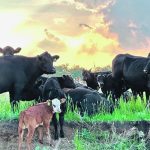
Cow-calf sector needs to be good antimicrobial steward
The use of antimicrobials in animal agriculture is an area of concern for human health as well. Antimicrobial use in agriculture might impact the effectiveness of antimicrobials in human medicine.
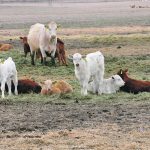
Parasite causes diarrhea outbreaks in cow-calf herds
The basic principles of reducing the infection pressure by maintaining a clean calving area, spreading cow-calf pairs out and using separate turn-out areas or some form of calving system that minimizes environmental infections is important in preventing the disease, just as it is in all causes of scours outbreaks.
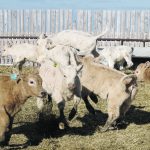
Study finds no bovine leukemia virus link to beef fertility
A recent study published in the American Journal of Veterinary Research examined the relationship between BLV infection in beef cows and reproductive fertility.
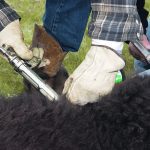
Modified live viral vaccines have their pros and cons
Modified live vaccines give slightly higher antibody levels and in general provide the optimal fetal protection and perhaps more robust immunity than the killed vaccines, which is my main reason for preferring them.

Johne’s less prevalent in Western Canada than in the East
Johne’s is a bacterial infection that results in chronic diarrhea that leads to weight loss, wasting and eventual death. The disease is primarily seen in mature cows. The bacterium that causes the disease is referred to as MAP (Mycobacterium avium paratuberculosis) and the disease is sometimes also known as paratuberculosis. The MAP bacterium that causes […] Read more

IBR abortion storms tough to deal with but preventable
I had a conversation with a veterinarian recently who was trying to deal with an abortion storm in a client’s cow-calf herd. The producer had seven cows abort and most of these abortions were occurring at about six to seven months of gestation. A fetus was submitted to the diagnostic laboratory and it showed signs […] Read more

Livestock producers must watch for zoonotic diseases
Cryptosporidia and giardia are two intestinal parasites that can cause diarrhea in both people and calves. These parasites are single-celled organisms (protozoa) and Cryptosporidium is a common cause of diarrhea in both beef and dairy calves under a month of age. Young children, pregnant woman, and immune-compromised adults who are infected can have severe diarrhea […] Read more

